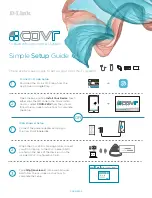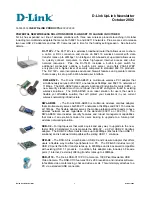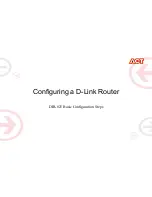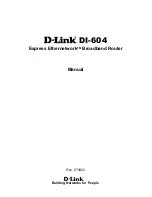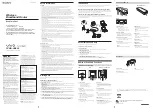
Page 68 of 130
How ADSL Achieve its High Speed
Efficient Bit Encoding schemes that match the transmission medium and the available bandwidth of
the medium is what ultimately determines the speed of a delivery system.
If you have ONE MILLION CYCLES PER SECOND of bandwidth available and you can vary each one in
some manner, you can transfer information on each cycle.
There are two type of ADSL line encoding schemes, CAP and DMT. DMT has recently been ratified as
the standard scheme but there are manufactures who still make CAP systems. Current chipsets now
incorporate both schemes as well as G.lite (a derivative of DMT).
2.1 DMT (Discrete Multi-tone Modulation)
ADSL uses Discrete Multi-Tone modulation which divides the frequency range of copper and divides
it into many bins / channels
DMT modems use QAM encoding. One channel will be designated as a Pilot channel which serves as
a reference point carrier for all the other channels to measure received phase angles.
Figure 73: DMT modulation
2.1.1 DMT2
DMT2 operates from 25 kHz to 1.1 MHz (above POTS band)
255 bins across this frequency band (each bin is 4 kHz wide)
21 bins for upstream
234 bins for downstream
Max 15 bits per bin
DMT2 has a max rate of 10 Mbps
DMT2 Modems are to be replaced with ADSL 2+ modems i.e. DLink 300i, DLink 300g, 3Com Modem to be
replaced by Thompson Speedtouch – Modem, Siemens Gigaset SE567 – Gateway, 2Wire – Gateway or D-Link
3810 – Gateway.
2.1.2 ADSL 2+
ADSL2+ operates from 25 kHz to 2.2 MHz
Add another 255 bins for downstream

































